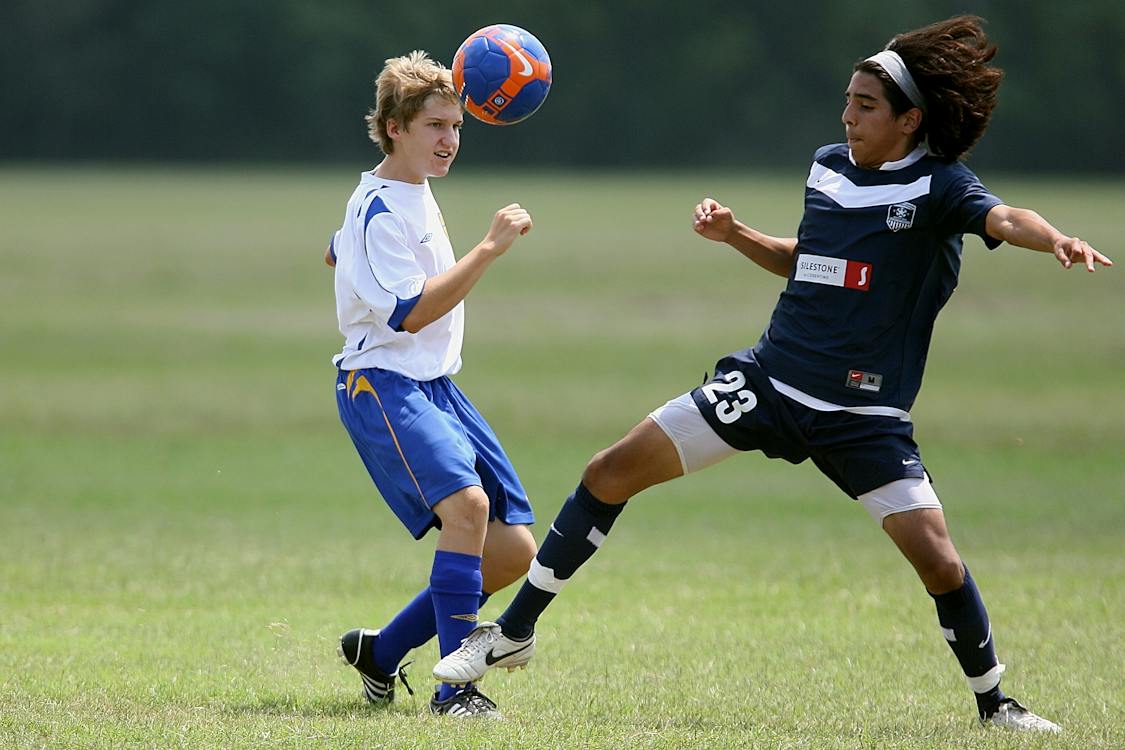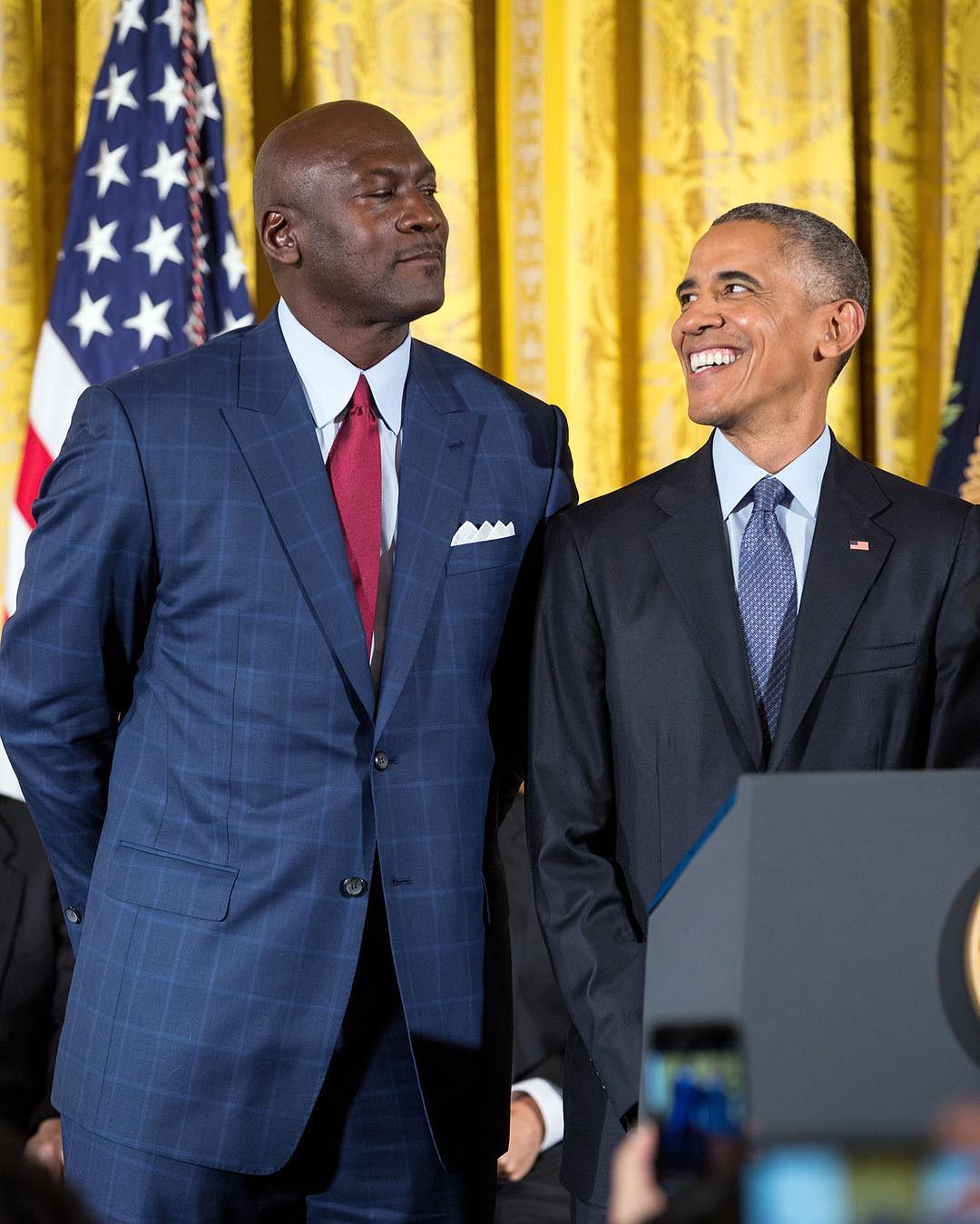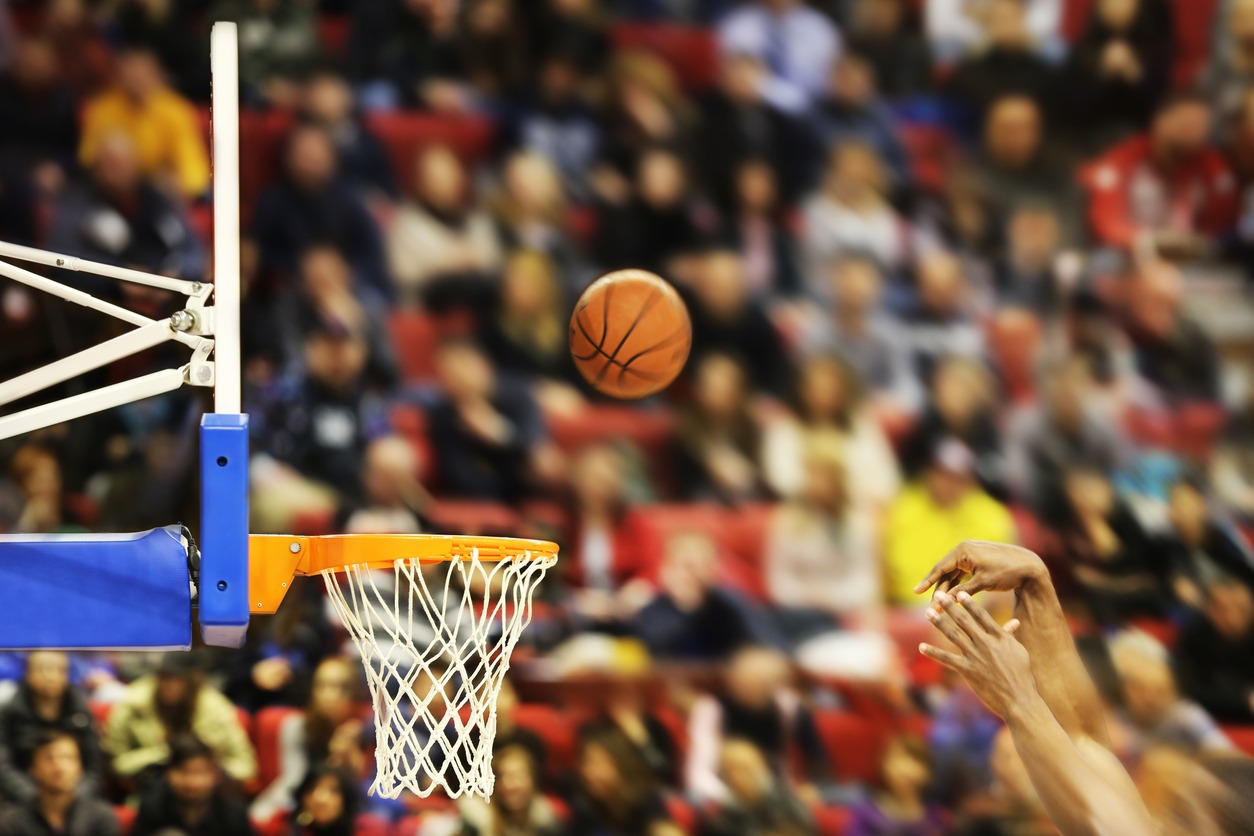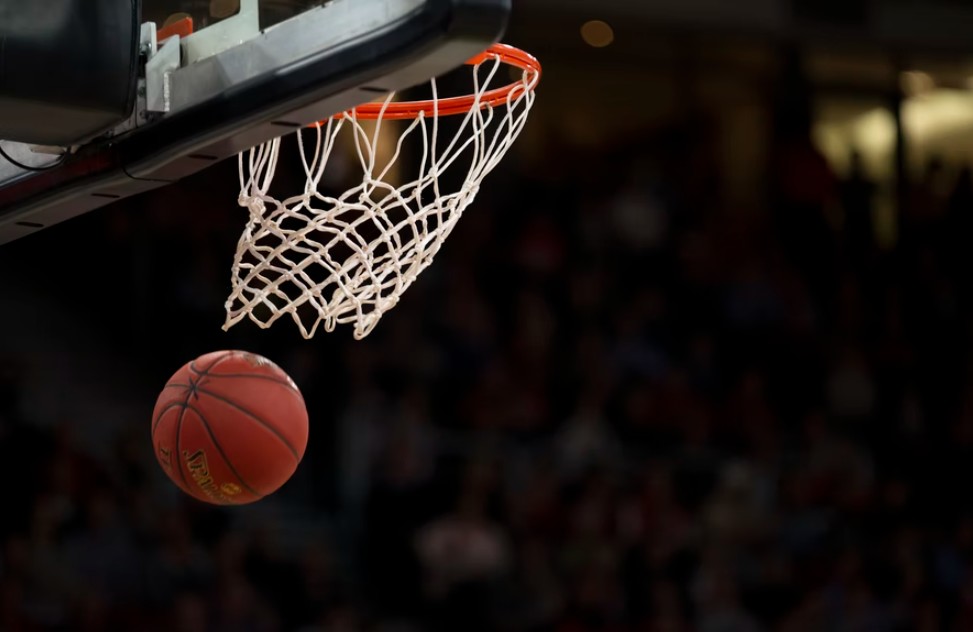All You Need to Know About the G League

The G League is also known as the NBA G League and was formerly known as the NBA Development League or D-League. It is a professional basketball league in the United States and Canada, which is created and managed by the National Basketball Association (NBA). It serves as a developmental and training ground for players, coaches, and referees, offering a pathway to the NBA for aspiring basketball talent.
The league was established to provide a platform for player development, experimental rule testing, and fostering talent that may not have received extensive exposure in traditional basketball circuits. The G League plays a crucial role in the overall development of the basketball ecosystem and serves as a bridge between amateur and professional basketball leagues.
If you are interested to learn more about it, you’re in the right place. In this article, we are going to delve into the G League’s purpose, how it is connected to the NBA, and its significance within the basketball community.
G League Structure and Format
The G League has a structured format that encompasses various key elements, from the number of teams to the playoff structure. Understanding these aspects gives insight into how the league operates and functions within the broader basketball landscape. Below are more information about the structure and format of the G League:
Number of Teams
Over the years, the G League has undergone expansions, and the number of teams may vary from season to season. The number of teams typically ranges from around 25 to 30, each affiliated with one or more NBA teams. These affiliations allow a symbiotic relationship where NBA teams can assign players to their G League affiliates for additional development and playing time.
Division and Conferences
The G League teams are divided into divisions and conferences, similar to the NBA. This division helps create a competitive structure and facilitates scheduling. There are usually two or more divisions in the conferences, leading to inter-divisional matchups during the regular season.
Regular Season Length
The length of the regular season of the G League usually mirrors that of the NBA, spanning from November to April. The number of games played by each team can range from around 30 to 50 games, providing players with enough opportunities to improve their skills and gain experience.
Playoffs Format
The G League playoffs usually occur after the conclusion of the regular season. The exact playoff format may vary, but it mainly involves the top teams from each conference competing in a bracket-style tournament. The playoffs are a crucial phase for showcasing the talent cultivated throughout the season and for determining the league’s champion.
All-Star Weekend and Events
Similar to the NBA, the G League hosts its own version of an All-Star Weekend, which features events like the G League All-Star Game, skills challenges, and three-point shootouts. These events serve as an opportunity for players to showcase their talents on a bigger stage and engage with fans.
G League’s Player Development and Pathways
The mission of the G League centers on player development. It provides a platform for aspiring basketball talents to refine their skills and accelerate their journey toward the NBA. Below are the different pathways and opportunities that the G League Offers to players looking to make their mark on the professional basketball scene:
Importance of Player Development
The G League allows players to focus on specific areas of their game that need improvement, whether it is shooting, ball-handling, defense, or other skills. Also, regular playing time in the G League provides invaluable game experience and enables players to implement what they have learned in practice. Lastly, the league also prepares the players for the rigors of professional basketball, helping them adjust to the physical demands and mental challenges of the sport.
G League Pathway to the NBA
- Two-Way Contracts: The G League introduced two-way contracts, allowing NBA teams to sign players to both their NBA roster and G League affiliate. This allows players to shuttle between the two leagues, gaining exposure and opportunities in both.
- Call-Ups: Exceptional performance in the G League can lead to “call-ups,” where players are signed by NBA teams for short-term contracts, usually during injuries or for specific needs.
- Showcasing Talent: The G League serves as a showcase for undrafted players, late bloomers, and international talents who are looking to prove their worth to NBA scouts.
G League Ignite and Elite Prospects
The G League Ignite is an initiative that focuses on elite prospects who forego college basketball to join a specialized team within the G League. It provides tailored coaching, development, and mentorship to prepare them for the NBA. G League Ignite and other G League teams also assist players in navigating the NBA draft process, offering insights, exposure, and connections.
Coaching and Training Opportunities
The G League teams usually have seasoned coaches with extensive knowledge of player development, fostering a learning-rich environment. Players in the league receive personalized training plans, allowing them to work on their weaknesses and enhance their strengths.
The G League's focus on player development, its various pathways to the NBA, and its commitment to honing talent make it a critical component of the basketball ecosystem. By providing tailored opportunities and resources, the G League empowers players to realize their potential and contribute to the growth of professional basketball.
G League Teams and Affiliates
The G League works through a network of teams that are affiliated with NBA franchises. Below are the relationships between G League teams and their NBA counterparts:
Relationship with NBA Teams
G League teams are affiliated with specific NBA franchises. These affiliations allow collaboration and seamless player movement between the two leagues. NBA teams provide financial support, coaching expertise, and resources to their G League affiliates, ensuring a consistent development pathway.
Affiliation System
Most G League teams are directly affiliated with an NBA team, sharing the same city or region. This proximity fosters a strong connection and facilitates player transfers. However, some G League teams have hybrid affiliations. This means that multiple NBA teams are associated with one G League team. This allows for shared resources and player development efforts.
Benefits of G League to NBA Teams
NBA teams utilize the G League to fine-tune the skills of their young and developing players, ensuring they are ready for the demands of the NBA. Also, players returning from injuries usually spend time in the G League to regain their form and conditioning before returning to the NBA. The G League also gives younger NBA players more playing time and exposure than they might receive on an NBA roster.
Team Locations and Names
G League teams are strategically located to align with NBA teams, allowing for efficient player movement and development. Most G League teams have creative and distinctive names that reflect the local culture or identity of the city they represent.
The relationship between G League teams and their NBA affiliates is pivotal in ensuring a smooth transition for players between leagues, promoting player development, and fostering collaboration within the basketball ecosystem. This affiliation model emphasizes synergy and shared goals between the G League and the NBA.
Notable G League Alumni
The G League has served as a launchpad for many talented players who have gone on to make significant impacts in the NBA. Below are some of the notable G League alumni who have successfully transitioned to the highest level of professional basketball:
- Jeremy Lin: Jeremy Lin gained popularity with his “Linsanity” run while playing for the New York Knicks in the NBA. Before his NBA breakout, he honed his skills with the Reni Bighorns in the G League.
- Hassan Whiteside: Whiteside developed his game in the G League before becoming a dominant shot-blocker and rebounder in the NBA.
- Pascal Siakam: Siakam's journey from the G League to becoming an NBA champion and All-Star with the Toronto Raptors is a testament to the G League's developmental impact.
- Fred VanVleet: VanVleet is an undrafted player. He used the G League to refine his skills before becoming an important contributor to the Raptors’ championship run.
- Quinn Cook: Cook’s stint with the G League Santa Cruz Warriors paved the way for his role as a valuable player with the Golden State Warriors.
- Khris Middleton: The time of Middleton in the G League helped his development into an All-Star caliber player in the Milwaukee Bucks.
- Danny Green: Green’s experience in the G League contributed to his growth as a three-point specialist and a multi-NBA champion.
- CJ McCollum: CJ McCollum’s early G League experience assisted his progression into one of the Portland Trail Blazers’ cornerstone players.
- Derrick Jones Jr.: The athleticism and skills of Jones Jr. was honed in the G League, and it translated to a reputation as an electrifying dunker in the NBA.
G League’s Role in the Basketball Community
The impact of the G League extends beyond player development and financial considerations. It’s because it also plays an important role in fostering connections within the basketball community, contributing to grassroots development, and supporting international player growth. Below are some of the different roles of the G League in the basketball community:
Community Engagement and Outreach
G League teams usually organize clinics, workshops, and camps to engage with local youth and promote basketball skills. The players and teams also participate in educational programs, encouraging academic excellence and positive behavior. G League teams also collaborate with local charities and nonprofit organizations to give back to their communities.
Grassroots Basketball Development
The G League inspires young players by being role models and showcasing the potential rewards of dedication and hard work. Grassroots programs benefit from the expertise of G League coaches and players, who offer guidance on skill development and training techniques.
Role in International Player Development
The international presence of the G League attracts talent from different parts of the world. It contributes to a diverse and competitive player pool. International players also use the G League as a stepping stone to the NBA, showcasing their abilities on a global stage.
Cultural Exchange and Diversity
The G League features players from different backgrounds, promoting inclusivity and celebrating different cultures. Players and staff exchange experiences and perspectives, enriching their understanding of the global basketball landscape.
Conclusion
The G League is indeed a dynamic and essential part of the basketball community. It contributes significantly to player development, community engagement, and the evolution of the sport. As the league continues to evolve, adapting to the changing landscape of basketball and sports in general, its importance remains steadfast. The G League's ability to nurture talent, provide opportunities for growth, and create a bridge between aspiring players and the professional ranks ensures that its influence will be felt for years to come. We hope this article helped you learn more about the G League.




